Throughout history there have been countless stories about mythical creatures, legendary monsters, and supernatural beings. Despite their unclear origin, these mythical creatures have a place in folklore and in many cases are part of pop culture. Amazingly, there are people across the globe who still strongly believe these creatures exist in spite of the lack of proof that they do. So, our list today is about 25 legendary and epic mythic creatures that never existed yet many people believe otherwise.

Bubak
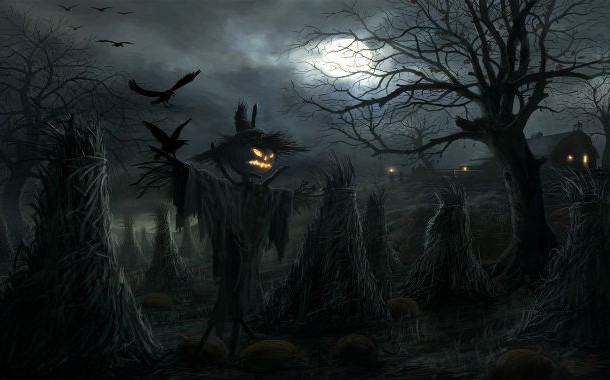
The Bubak is pretty much to Czech tales and folklore what the bogeyman is to Western European and American folklore. It was usually described as a creepy creature resembling a scarecrow, and could cry just like an innocent, unprotected baby to lure its victims to their deaths. Also, some of the most popular tales regarding the Bubak always take place on the night of the full moon when the Bubak supposedly weaves cloth from the souls of those he has killed and, like an evil version of Santa Claus, drives a cart pulled by black cats.
Ghoul
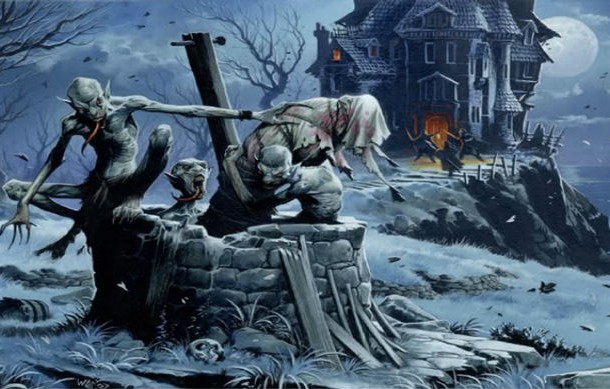
The ghoul is one of the most well-known creatures in Arabian folklore and we were introduced to it in the collection of tales, One Thousand and One Nights. The ghoul is described as an undead monster that can also take the form of an immaterial spirit and usually goes into graveyards to eat the flesh of the recently dead. This is probably the main reason why the word ghoul is associated in Arabic countries with anything macabre and they often use the word when referring to a gravedigger or any profession directly related to death.
Jorogumo

In a free translation from Japanese to English Jorogumo means the “whore spider,” and in our humble opinion that name describes this monster perfectly. According to Japanese folklore, a Jorogumo was a blood-thirsty monster, but in most tales it is described as a huge spider that takes the form of a very attractive and sexy woman who seduces her male victims, traps them in her web, and then devours them with pleasure.
Cerberus
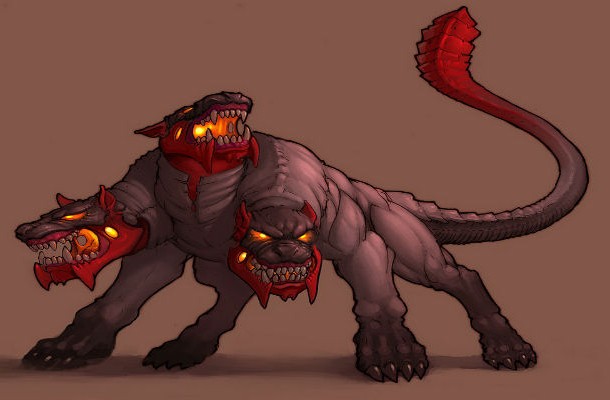
In Greek mythology, Cerberus is the guardian of Hades and is usually described as a bizarre-looking monster that looks like a dog with three heads and a tail whose end is a dragon’s head. According to the ancient tragedian Aeschylus, Cerberus was born from the union of two monsters, the giant Typhon and Echidna, which would make Cerberus brother of the Lernaean Hydra. Cerberus is not considered an evil creature that hurts people intentionally, but a creature that ensures the arrival of the dead to the underworld and prevents the living from entering Hades. Cerberus is also often described in myth as one of the most loyal guards in history and is often mentioned in Homer’s epics.
Kraken
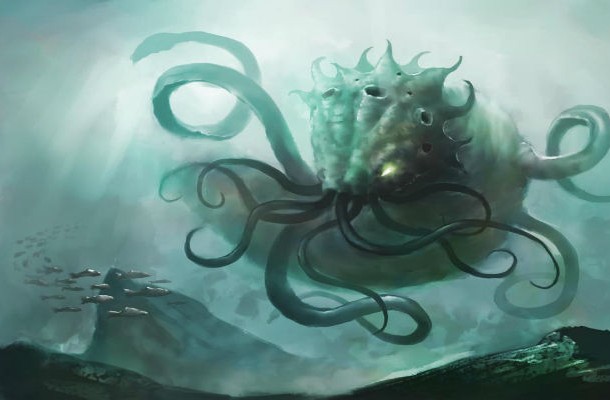
The legend of the Kraken came from the Nordic seas and its presence was initially limited to the coasts of Norway and Iceland. With time, however, its notoriety grew, thanks to the wild imagination of storytellers, which caused later generations to believe it also lived in other seas as well.
The Norwegian fishermen originally described the sea monster as a gigantic animal that was as big as an island and presented danger to passing ships not from direct attack but from the giant waves and tsunamis that its movements could cause. Quickly, however, people began spreading stories about the monster’s vicious attacks and aggressive behavior, which destroyed every ship that had the misfortune of passing through its waters. As for modern historians, they seem to be pretty sure that the Kraken was nothing more than some giant squid and the rest of the stories were nothing but the sci-fi creation of a wild imagination.
Minotaur
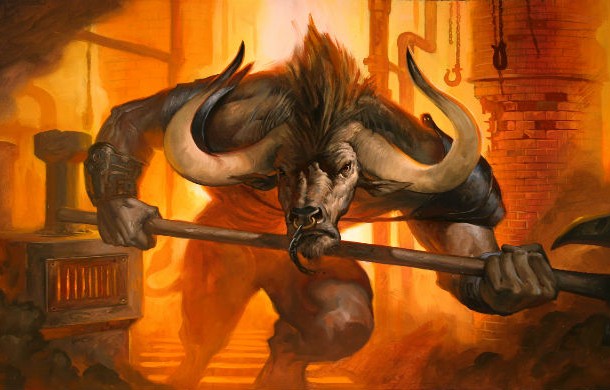
The Minotaur is one of the first epic creatures we meet in the history of humankind since it takes us back to the days of the Minoan civilization’s prime. The Minotaur was said to have the head of a bull on the body of an extremely large, muscular man and dwelt at the center of the Cretan labyrinth, which was designed by Daedalus and his son, Icarus, at King Minos’s request. As one can easily understand, whoever was unlucky enough to get lost in the labyrinth became the Minotaur’s prey, the exception being the Athenian king Theseus, who killed the beast and was the only one who made it out of the labyrinth alive with the help of Ariadne, Minos’s daughter.
The Wendigo
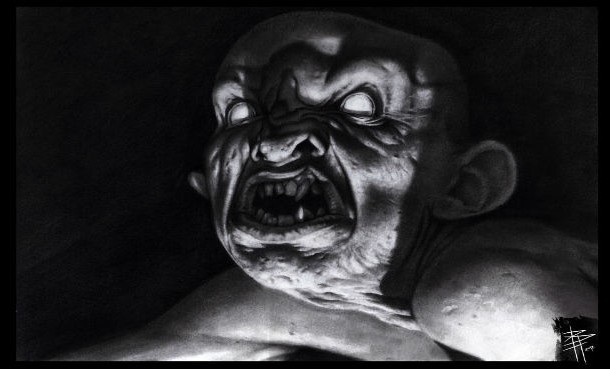
Those of you who are familiar with psychology have probably heard the term “Wendigo Psychosis,” which describes a psychosis to eat human flesh. The medical term takes its name from the mythical creature called the Wendingo, which, according to the Native American tribe the Algonquian, was an evil creature that looked like a cross between a human and a monster, something similar to a zombie. According to legend, only people who ate human flesh were at risk to become Wendigos.
Of course, this creature never existed and was a myth invented by the wise Algonquian who tried to prevent their people from engaging in cannibalism, which was apparently a problem among their tribe.
Kappa
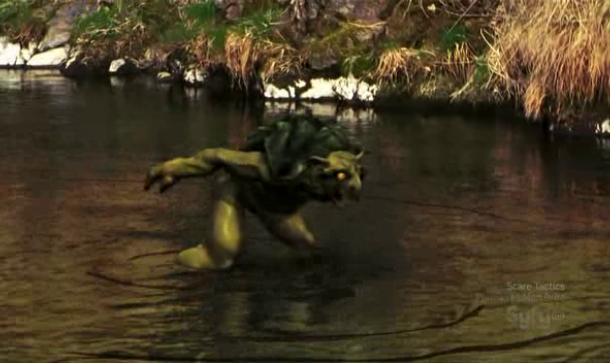
In ancient Japanese folklore the kappa is a water demon that lives in rivers and lakes and devours naughty children. Kappa means “child of the river” and has the body of a turtle, frog limbs, and a head with a beak. Also at the top of its head there is a cavity with water. While it is supposedly an aquatic creature, they are active on dry land.
According to legend, a kappa’s head should always be kept wet otherwise it will lose its strength. Strangely enough, many people consider the existence of a kappa a sure thing and there are signs at some lakes in Japan warning the visitors that there’s a serious danger of being attacked by the creature while they enjoy their picnic.
Talos
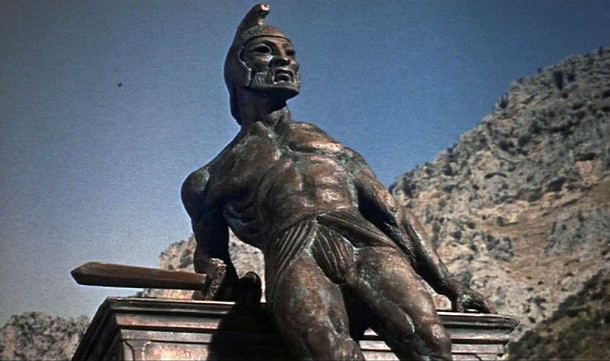
Greek mythology has given to the world some of the most epic heroes, gods, and creatures, and Talos is no doubt one such case. The huge bronze giant supposedly lived in Crete where he supervised and protected a woman named Europa (from whom the continent of Europe got its name) from pirates and invaders. For that reason Talos patrolled the island’s shores three times every day while in some other stories Talos takes the form of a bronze bull. The ancient Greeks also believed that Talos had a bronze body simply because he was the only living survivor from the Bronze Age and was blessed or cursed to “carry” his heredity in a way that couldn’t go unnoticed.
Menehune
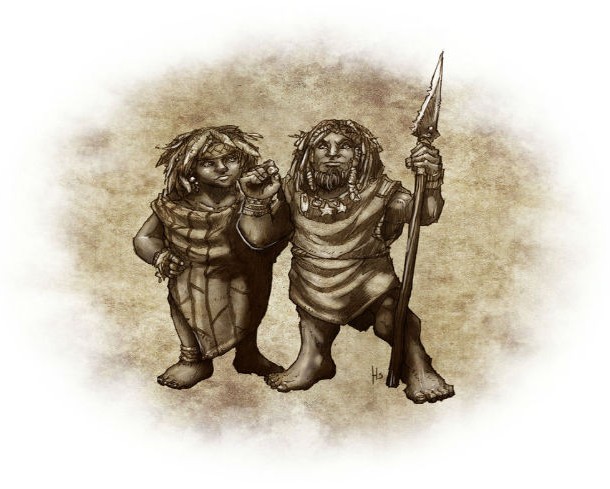
According to the urban legend, the Menehune were an ancient race of dwarves who lived in the forests of Hawaii before the Polynesians settled there. Many scholars attribute the existence of ancient statues on the Hawaiian Islands to the Menehune. Others argue that the legend of the Menehune emerged with the arrival of Europeans in the area and that there was no such race in reality, but rather a creation of the human imagination. The myth goes back to the roots of Polynesian history. When the first Polynesians arrived in Hawaii they found dams, roads, and even churches which some claimed to were built by the Menehune, who, among other things, were apparently famous craftsmen.
However, no one has found skeletons or remains of the small-bodied people in Hawaii to confirm their existence despite there being strong evidence that there was an ancient tribe living there that happened to include exceptional craftsmen well before the Polynesians or Europeans arrived.
Grypas
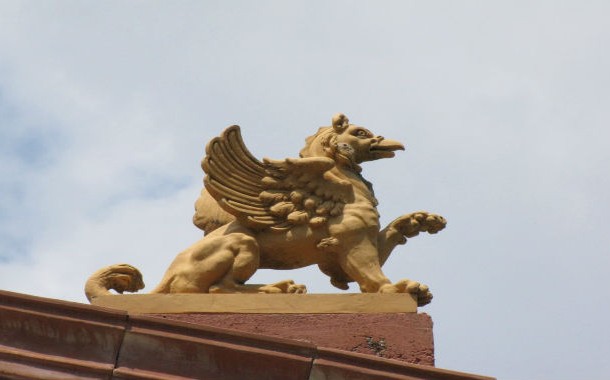
The grypas was a legendary creature with the head and wings of an eagle and the body and tail of a lion. As the lion and the eagle are the kings of the animal kingdom, the grypas, as a combination of both, was symbolic of power and domination. The grypas can be found in many depictions of Minoan Crete during the Bronze Age, but also later in the art and mythology of ancient Greece in general. However, some believe that the creature existed way before its figuring in ancient Greece, since similar forms of the hybrid animal have been found in ancient Egypt and Persia, where grypas symbolized the struggle against evil and witchcraft.
Tarasque
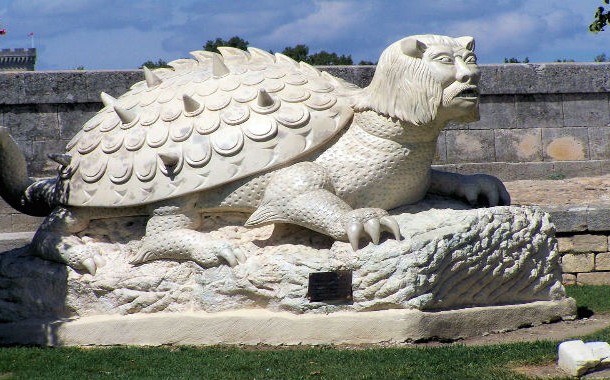
The tale of Tarasque is reported in the story of St. Martha, which is included in Jacobus de Voragine’s hagiographic (biographies of Christian saints) collection The Golden Legend. Tarasque was a dragon with a very complicated appearance and bad intentions. According to legend, he had a lion’s head, six short legs like a bear’s, an ox-like body covered with a turtle’s shell, and a scaly tail that ended in a scorpion’s stinger, and terrorized the area of Nerluc, France.
All this, however, ended when a young devoted Christian named Martha arrived in the town to spread the gospel of Jesus and discovered what the people were going through for years because of the ferocious dragon. When she found him in the forest, she supposedly sprinkled holy water on him and tamed his wild nature. She then took him back to the town of Nerluc, where the angry locals stoned Tarasque to death before Martha could explain to them that the dragon was now harmless. On November 25, 2005, UNESCO included the Tarasque on the list of Masterpieces of the Oral and Intangible Heritage of Humanity, in this way recognizing the immense cultural impact of the dragon’s tale, especially in medieval Europe.
Pixiu
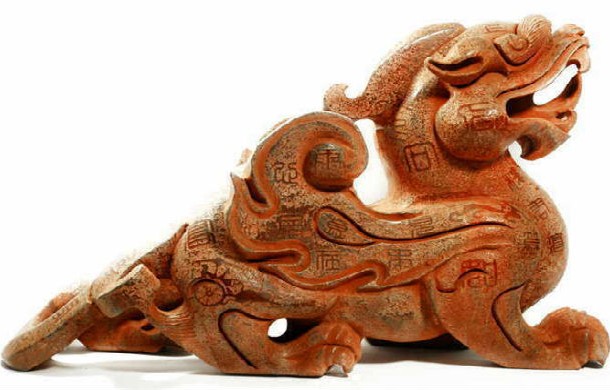
The Pixiu is another legendary hybrid creature that comes from China. Even though no part of his body resembled a human organ, the mythological creature was often described as having a Chinese lion’s body with wings, the legs of another legendary creature of Chinese myth, the qilin, and a head of a Chinese dragon. It is widely considered to be the guardian and protector of those who practice feng shui, while Tian Lu, the version of the Pixiu with two horns on its head, has been considered from antiquity a sacred creature that attracts and protects wealth. This is the reason why one often sees little statues of Tian Lu in Chinese homes or offices, since it is believed that the creature can prevent wealth from flowing away.
Soucouyant
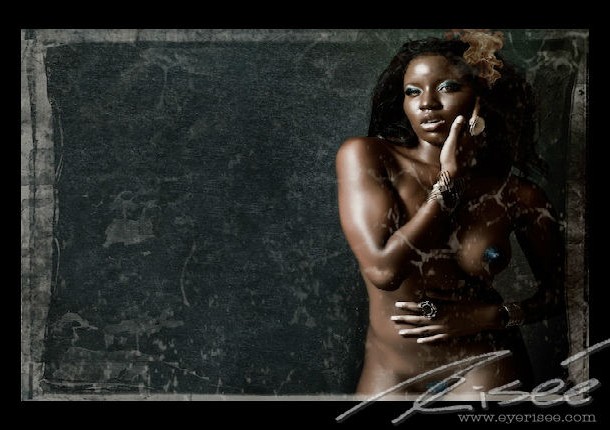
The soucouyant is, according to Caribbean urban legend, specifically in Dominican, Trinidadian, and Guadeloupean folklore, the exotic black version of the European vampire. From mouth to mouth and generation to generation the soucouyant became part of local folklore, and tales about them talk about a hideous-looking old woman by day who transformed to a gorgeous-looking young black woman by night resembling a goddess. She then seduced her victims with her looks and her dance only so she could suck their blood or make them her eternal slaves. It was also believed that she practiced black magic and voodoo, and could move fast after taking the form of a fireball or enter her victims’ homes through any hole in it, including cracks and keyholes.
Lamassu
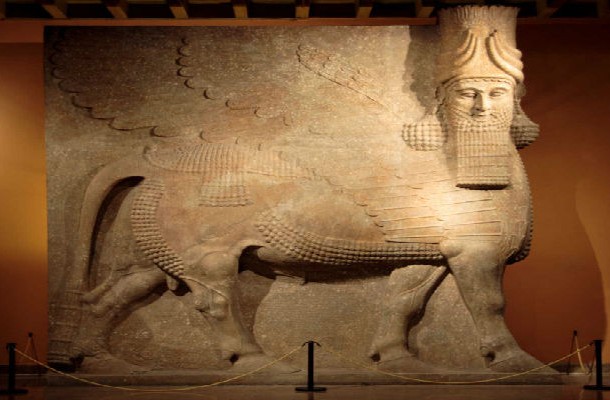
According to Mesopotamian mythology and legend, the lamassu was supposed to be a protective deity whom a few people claimed to have seen and in their descriptions portrayed as a creature with a bull’s body and wings, while others saw a creature with a lion’s body, eagle’s wings, and a man’s head. Some described it as an intimidating-looking male creature while others as a female deity with good intentions. Of course we will never know what exactly a lamassu was since its existence was only in the heads of some people.
Medusa
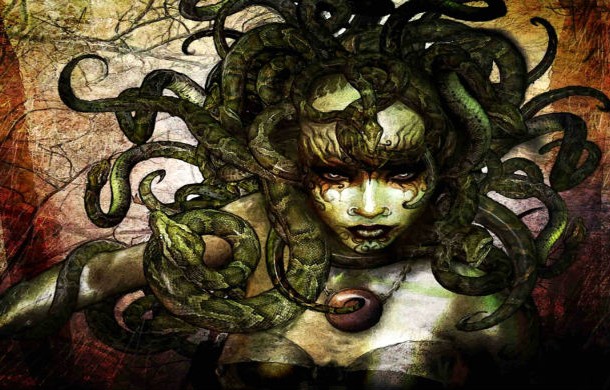
According to one version of the story, Medusa was a beautiful maiden of Athena who was raped by Poseidon while in the shape of a horse in Athena’s temple. Athena, enraged by the fact that she could not confront Poseidon directly, took it out on poor Medusa and transformed her into an unattractive, hateful monster with a head full of snakes rather than hair. Medusa’s ugliness was so hideous that whoever looked at her face turned to stone.
Eventually Perseus killed Medusa with the help of Athena who had treated her once beautiful, virgin maiden in the worst possible way.
Draugr
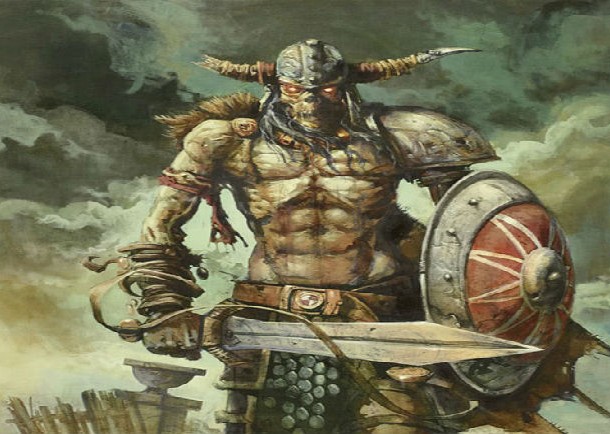
A draugr, according to Norse folklore and mythology, is a zombie that has the putrid smell of the dead and is amazingly powerful. It was believed that they could eat humans, drink blood, and had the power to play mind-games and drive people insane. A typical draugr could also enter a mortal’s dreams just to warn their victims of what would soon follow. Basically, a draugr was the typical bastard, a la Jason Voorhees and Freddy Krueger, two well-known horror film characters from the ’80s and ’90s, whose creation seems to have partial origin in the Nordic monster’s tales.
Lernaean Hydra
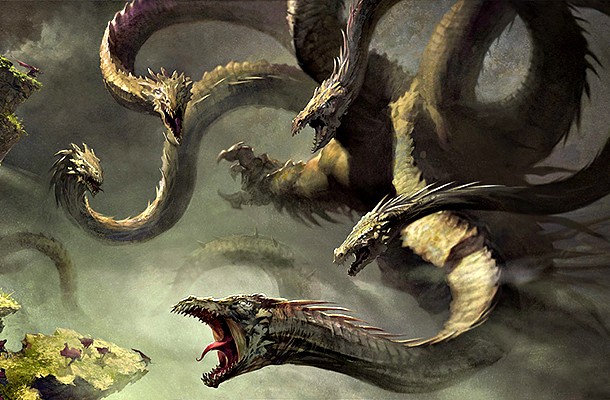
The Lernaean Hydra was a mythical water monster with many heads that resembled big snakes, and which Heracles killed in the second of his twelve labors. The ferocious monster lived in Lerna, a small village near Argos, from which it took its name.
According to legend, when Heracles cut off one head, two emerged. For this reason, Heracles’s nephew, Iolaus, burnt the root of each head once his uncle cut it off, only then did they stop multiplying.
When Heracles cut off the last head, which was the biggest one and believed to be immortal, he buried it in the earth so it would not rise from the dead and terrorize the area again. Heracles then used its blood (which was poisonous) to make poisoned arrows and thus a deadly weapon against his enemies.
Broxa
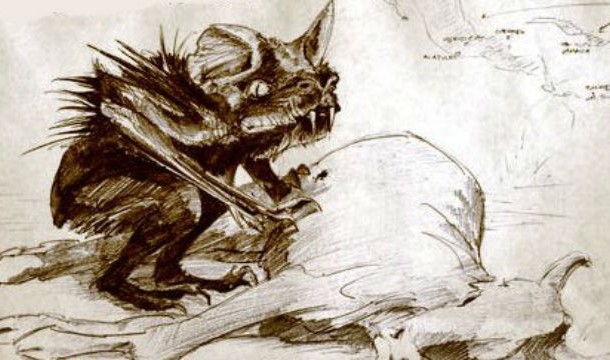
According Jewish urban legend the Broxa is an aggressive, intimidating-looking bird that attacked goats for their milk or, in rare cases, would go for human blood during the night. The Broxa legend became famous in Northern Europe during the Middle Ages where people seemed to believe that it took the appearance of a witch in its female form or of a demon in its male form and attacked people ( especially women and children).
Baba Yaga
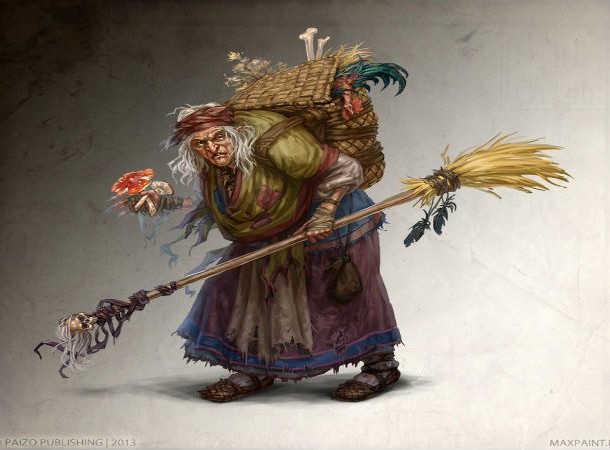
Baba Yaga is probably one of the most popular paranormal creatures in Eastern European folklore and, according to urban legend, had the appearance of a ferocious and extremely intimidating older woman. According to Andreas John, author of Baba Yaga: The Ambiguous Mother and Witch of the Russian Folktale; Baba Yaga is a many-faceted figure, capable of inspiring researchers to see her as a Cloud, Moon, Death, Winter, Snake, Bird, Pelican or Earth Goddess, totemic matriarchal ancestress, female initiator, phallic mother, or archetypal image.
Antaeus
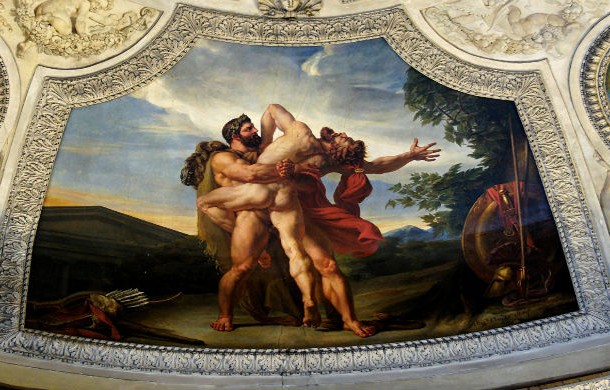
Antaeus was a giant with super strength that he inherited from his father, Poseidon (god of the sea), and his mother, Gaia (Earth), but he became weak once he was lifted into the air. He was the bully type who lived somewhere in the Libyan desert and would challenge any poor fool who had the unfortunate luck of passing through his territory to a deadly wrestling match, ultimately killing them, and then collecting their skulls so he could one day build a temple dedicated to Poseidon with these “trophies.”
But one day his luck went south, however, because one of the passersby happened to be Heracles, who was on his way to the Garden of the Hesperides to complete his eleventh labor. Antaeus made the fatal mistake of challenging Heracles, and once the world’s greatest hero discovered the giant’s “kryptonite” he lifted him up and crushed him in a bear hug.
Dullahan
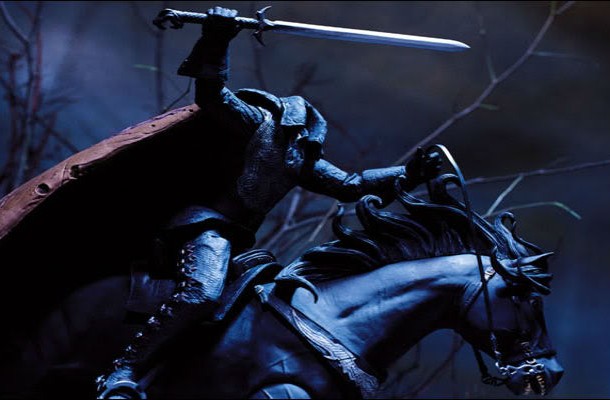
The fierce and powerful dullahan is a headless horse rider found in Irish folklore and mythology. For centuries the Irish have believed in its existence, especially during the Middle Ages and have described him to be a harbinger of doom who traveled on a black, malevolent horse with his terrifying, decapitated head under its arm.
Kodama
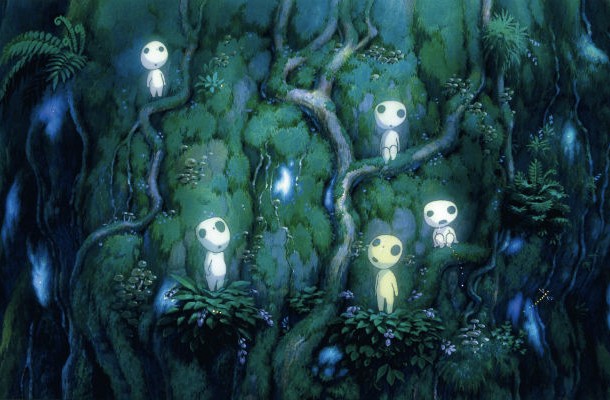
According to Japanese legend, a kodama is a peaceful spirit that lives inside certain kinds of trees. Those who have claimed to have seen a kodama describe it as a small white and peaceful ghost that syncs perfectly with Mother Nature. Nevertheless, according to legend, when someone tries to kill a kodoma (or cut down the tree a kodama lives in), the aggressor will be cursed and many bad things will happen to him. There are also claims of human blood coming out of trees inhabited by kodomas if its cut down but none of these rumors have ever been verified.
Korrigan
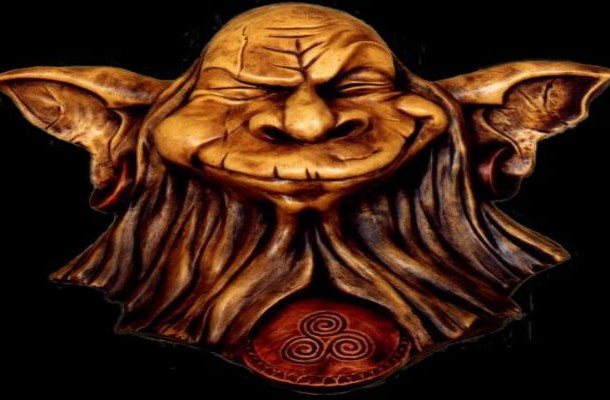
The weird creatures named korrigan come from Brittany, a cultural region in the northwest of France with a very rich literary tradition and folklore. Some sources say a korrigan was a beautiful, kind fairy while other sources describe them as evil spirits that looked like dwarfs and danced around fountains while seducing people with their charm in order to kill them or steal their children. According to a popular Breton poem called Ar-Rannou (which is the most reliable source for information about these creatures) nine korrigans “dance, with flowers in their hair, and robes of white wool, around the fountain, by the light of the full moon” waiting for their victims.
The fish-man of Liérganes
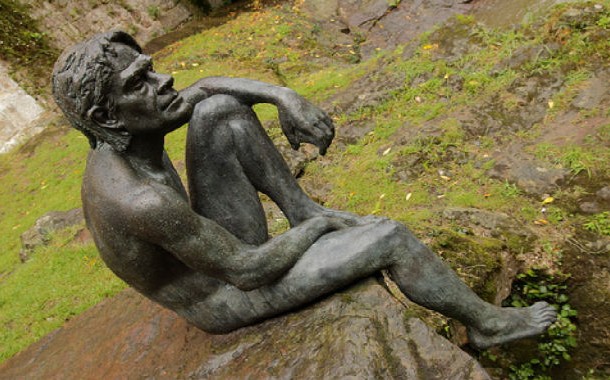
The fish-man of Liérganes’ existence has been suggested but has not been proven and belongs to the mythology of Cantabria, an autonomous community located in northern Spain.
The fish-man of Liérganes, according to urban legend, is an amphibious being that looks like a depressed man who had been lost at sea. Many people believed that the fish-man was one of the four sons of Francisco de la Vega and María del Casar, a couple who lived in the area, who was thought to have drowned when he went swimming with his friends in Bilbao’s estuary and was never seen again.
What’s even more strange about this story is the fact that the bright Spanish Enlightenment scholar Benito Jerónimo Feijoo, who was known for encouraging scientific and empirical thought in an effort to debunk myths and superstitions, examined the tale closely, and was charmed by this story to the point that he claimed, against his own better judgment, that the story of the fish-man of Liérganes was somehow true.
These mythic creatures are pretty freaky right? If you enjoyed these, then you will go bonkers for these 25 Most Legendary Creatures From Greek Mythology.



























